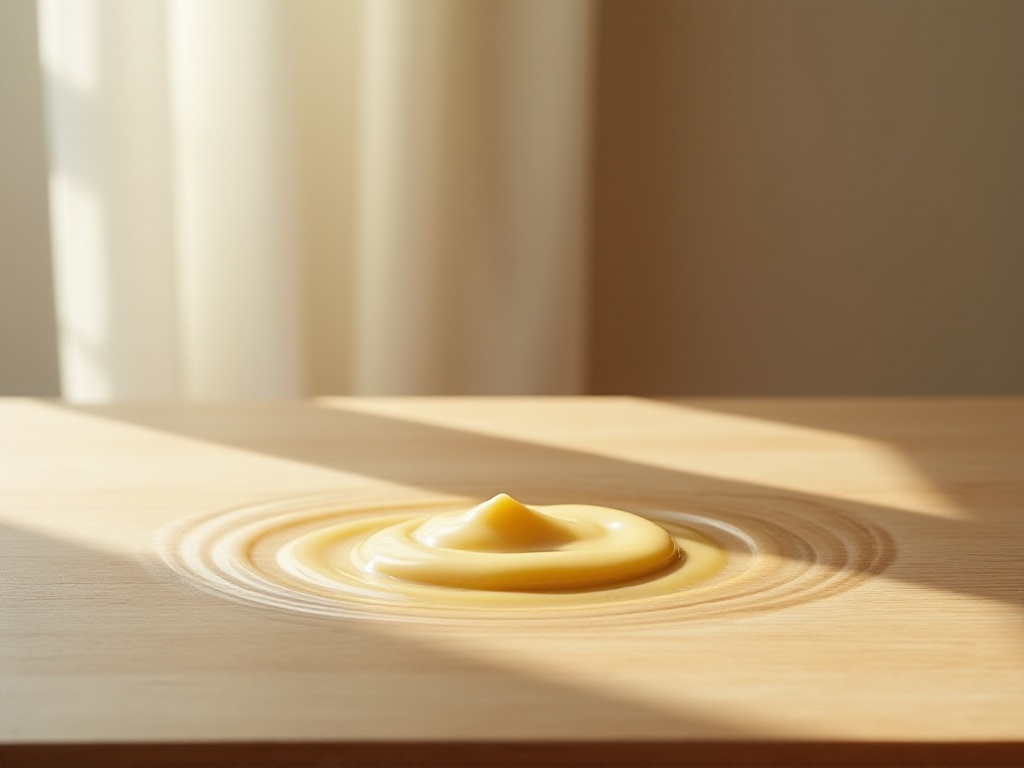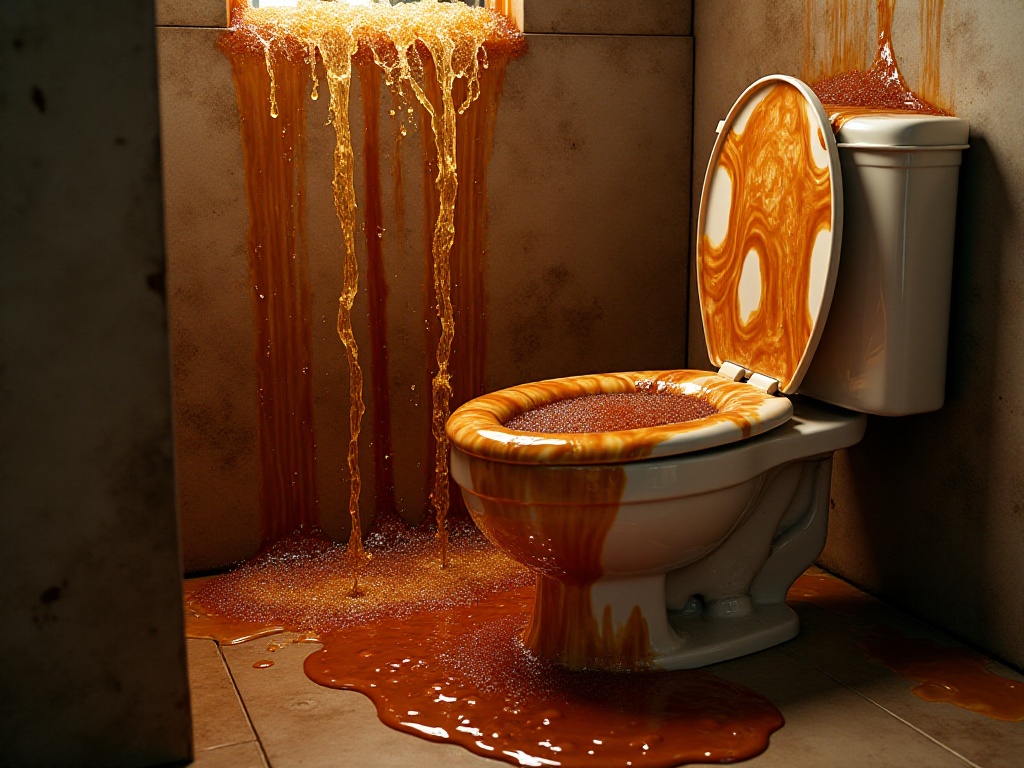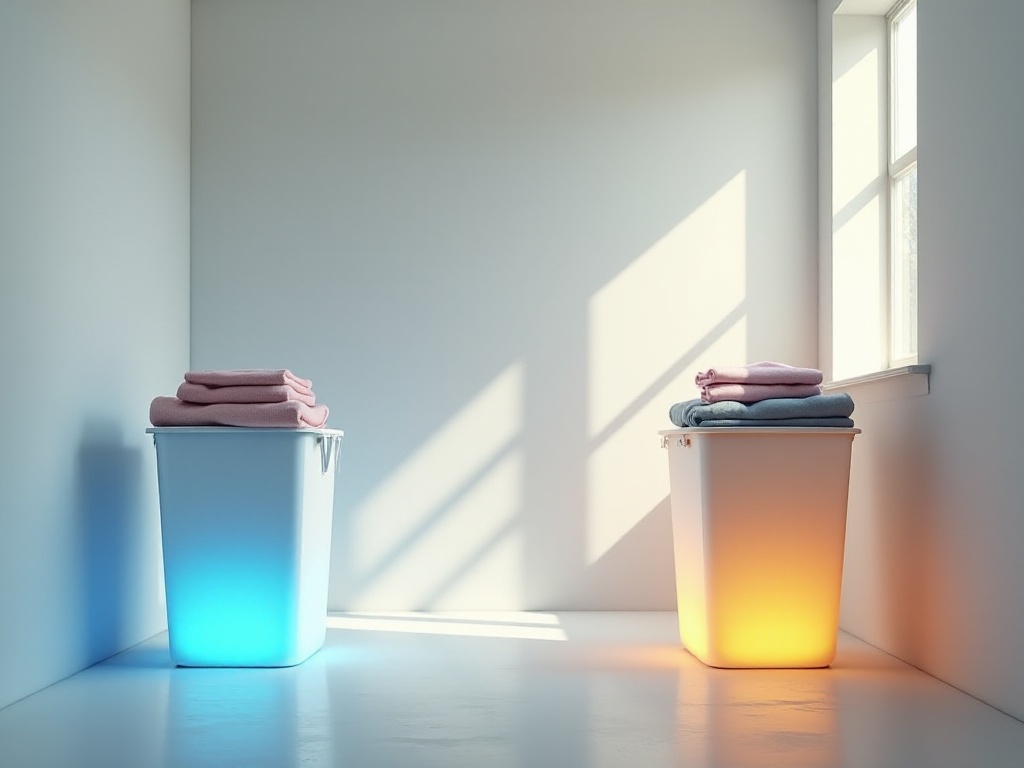Introduction
Do you feel discouraged when, after a full day of cleaning, some areas of your home still don't look spotless? As a housekeeping professional and lifestyle blogger with over a decade of experience, I deeply understand the cleaning challenges many young people face. Today, I'll share some practical cleaning tips from my years of experience to help you easily tackle those seemingly stubborn cleaning blind spots.
Kitchen Section
The kitchen is definitely one of the most challenging areas. After cooking, the grease on the range hood, oil spots around the stove, and limescale around the sink - these stubborn stains can be intimidating. Especially the gaps around the sink and faucet are difficult to clean thoroughly even with vigorous scrubbing, and over time they can breed bacteria and emit unpleasant odors.
However, I want to share a super useful cleaning method - white vinegar. I've been using this method for over ten years, and it works incredibly well. Simply pour white vinegar on a clean cloth or kitchen paper and place it on the faucet base and gaps for about 10 minutes. The acetic acid will gradually soften the limescale, then you just need to gently brush it with a soft toothbrush, and those stubborn mineral deposits will easily come off. Remember to wipe with clean water afterward to remove the vinegar smell and restore the faucet's shine.
Speaking of baking pan cleaning, this is a major challenge for many young people. I remember once visiting a young woman who had just started working, and her baking pan had accumulated such a thick layer of grease that you could barely see its original color. She said that dishwashing liquid never seemed to clean it properly, and her hands would always end up covered in oil during cleaning.
Actually, the solution is quite simple. First, evenly sprinkle a layer of table salt on the pan's surface, then soak it in 40-50°C warm soapy water for 15 minutes. The salt crystals will have an abrasive effect on the grease, and combined with the cleaning power of soapy water, they work together to easily break down stubborn oil stains. After soaking, gently scrub with a scouring pad, and you'll find those seemingly difficult grease stains come off easily.
For range hood cleaning, I recommend doing a deep clean weekly. Prepare a large plastic basin with an appropriate amount of baking soda and warm water, and soak the hood's filter in it for half an hour. The alkaline properties of baking soda effectively break down grease, and after soaking, you just need to gently brush with a soft brush to make the filter look like new.
Oil spots around the stove are another troublesome issue. Oil droplets that splash out while stir-frying become increasingly difficult to clean if not dealt with promptly. My suggestion is to wipe with a warm cloth dampened with dishwashing liquid while the stove is still warm after cooking. The grease hasn't fully solidified at this point and is easier to clean. If stubborn grease has already formed, you can gently rub with a lemon slice dipped in salt crystals - the natural acidity of lemon combined with salt's abrasive action can easily remove the grease.
The gaps between kitchen floor tiles are also easily overlooked cleaning spots. Accumulated oil and dust will make the gaps turn black and yellow. In this case, you can make a paste with baking soda and white vinegar, apply it to the gaps, let it sit for 20 minutes, then clean with a stiff brush, and finally mop with clean water.
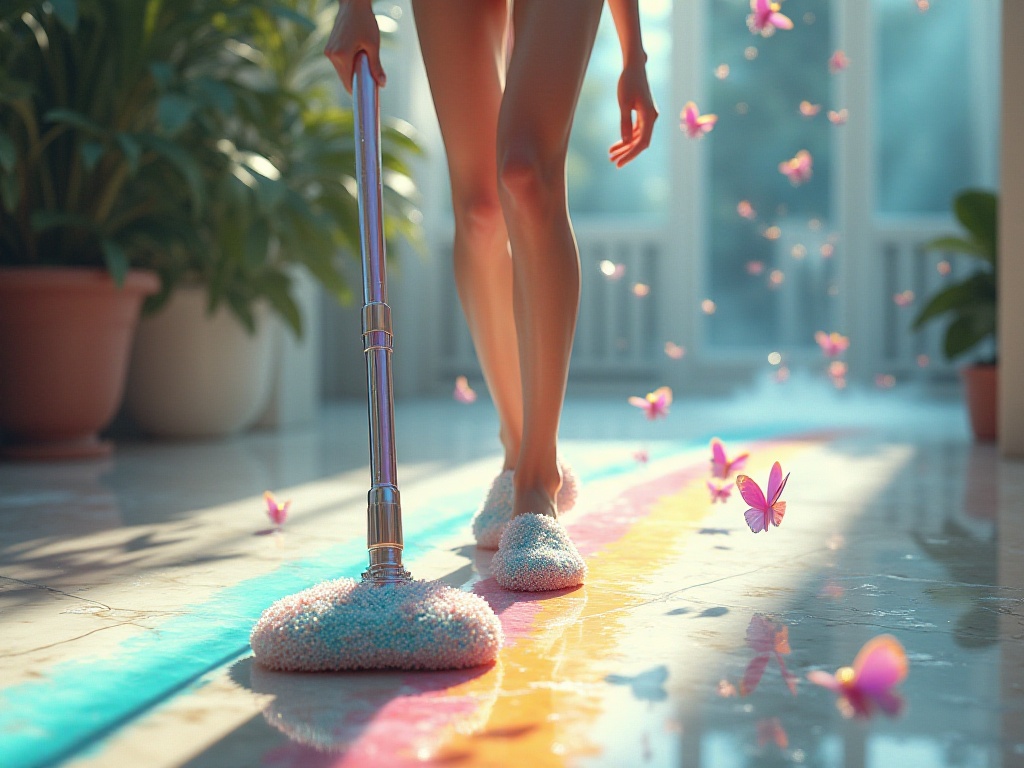
Appliance Section
With more and more household appliances nowadays, cleaning them requires skill. The microwave might be one of the most troublesome appliances, as food splatters during heating leave stubborn stains on the interior walls, and the confined space makes cleaning particularly inconvenient.
Let me teach you a particularly useful cleaning method: prepare a heat-resistant glass bowl, pour in half a cup of clean water, and add 3-4 fresh lemon slices. Place this bowl in the microwave and heat for 2 minutes until the water boils thoroughly. The hot steam will soften the grease on the microwave's interior walls, while the natural acidity of lemon helps break down stains and remove odors. After the microwave cools slightly, wipe with a damp cloth, and you'll find those stubborn stains come off easily.
Many people find refrigerator cleaning particularly troublesome. But with the right method, it's not difficult at all. First, regularly organize your fridge and dispose of expired or spoiled food. Then prepare a solution of warm water and baking soda, remove the shelves and drawers for washing. For the interior, wipe with a cloth dampened in the baking soda solution, then wipe again with clean water. Baking soda not only removes odors but also effectively kills bacteria.
Air conditioner cleaning is also often overlooked. If the AC filter isn't cleaned regularly, it not only affects cooling efficiency but can also breed bacteria. It's recommended to clean dust from the filter with a vacuum cleaner every two weeks and wash it monthly with mild detergent. Be careful not to use water that's too hot to avoid damaging the filter.
Washing machine cleaning is equally important. Many people focus on washing clothes but neglect cleaning the machine itself. Over time, limescale and bacteria can accumulate inside, causing clothes to smell. I recommend running an empty cycle monthly with an appropriate amount of white vinegar on high temperature. White vinegar effectively removes limescale and odors, keeping the washing machine fresh.

Furniture Section
Furniture care and cleaning is a complex subject. Many people have experienced the frustration of water marks on wooden furniture. I remember a client who had an expensive solid wood tea table, and someone accidentally placed a hot water cup directly on it, leaving an obvious white water mark, which really upset her.
I taught her to treat this problem with mayonnaise. The specific method is to evenly spread mayonnaise on the water mark, about 2-3mm thick, and let it sit for 8-12 hours. The next day, gently wipe with a soft cloth, and you'll be surprised to find the water mark gone. This works because the oils in mayonnaise slowly penetrate the wood, "forcing" out the moisture. I've been using this method for many years with excellent results.
Leather sofa maintenance is another challenge for many young people. Without proper care, leather sofas can easily crack and fade. It's recommended to wipe with a clean soft cloth weekly to remove surface dust. For minor stains, use a gentle leather cleaner. After cleaning, promptly apply professional leather conditioning oil to keep the leather soft and extend its lifespan.
Fabric sofa cleaning also requires technique. First vacuum to remove surface dust, then prepare a solution of warm water and mild detergent, gently scrub with a soft brush dampened with the cleaning solution. Be careful not to get the sofa too wet, absorb excess moisture with dry towels after scrubbing, and let it air dry in a ventilated area. For small localized stains, dry cleaning solvent can work well too.

Special Issues
Pet hair cleanup is the biggest headache for households with pets. I once cleaned for a family with three Golden Retrievers, and the dog hair on their sofa was thick enough to knit a sweater. The owner said they vacuum daily, but the results weren't satisfactory.
Later, I taught them a simple but effective method: wear disposable rubber gloves, slightly dampen the glove surface with water, then gently run your hand over the sofa surface. Amazingly, the dog hair sticks to the glove like it's magnetized. This method works better than vacuuming and doesn't damage the sofa fabric. After cleaning, just wash the gloves clean, let them dry, and they can be reused.
For pet hair on carpets, besides vacuuming, you can use a rubber broom. The rubber bristles generate static electricity, easily gathering hair together. If there are pet odors in the carpet, sprinkle a layer of baking soda, let it sit for several hours, then vacuum - this removes both hair and odors.
Curtain cleaning is another challenge. Many people find it troublesome to take curtains down for dry cleaning. Actually, we can use a vacuum's soft brush attachment to carefully vacuum from top to bottom, removing most dust. For localized stains, use dry cleaning solvent for spot treatment. It's recommended to deep clean curtains every three months to maintain cleanliness and extend their lifespan.

Daily Habits
The most important aspect of maintaining a clean home is developing good cleaning habits. I highly recommend the "Two-Minute Rule": if something can be done in two minutes, do it immediately, don't procrastinate.
For example, wash cups right after use, put worn clothes directly in the laundry basket, put dishes in the dishwasher right after meals. These small actions might seem simple, but if maintained consistently, they effectively prevent dirt accumulation and make cleaning work much easier.
I had a young client whose room was always messy. After following this method for a month, her home environment improved noticeably. She told me the biggest change was reduced mental burden - she no longer felt anxious seeing a messy house.
Additionally, I suggest creating a weekly cleaning schedule. You can allocate different cleaning tasks to different days of the week to avoid feeling overwhelmed. For example, clean the kitchen on Monday, bathroom on Tuesday, organize closets on Wednesday, and so on. Through reasonable planning, breaking down big cleaning tasks into smaller ones makes housework manageable.
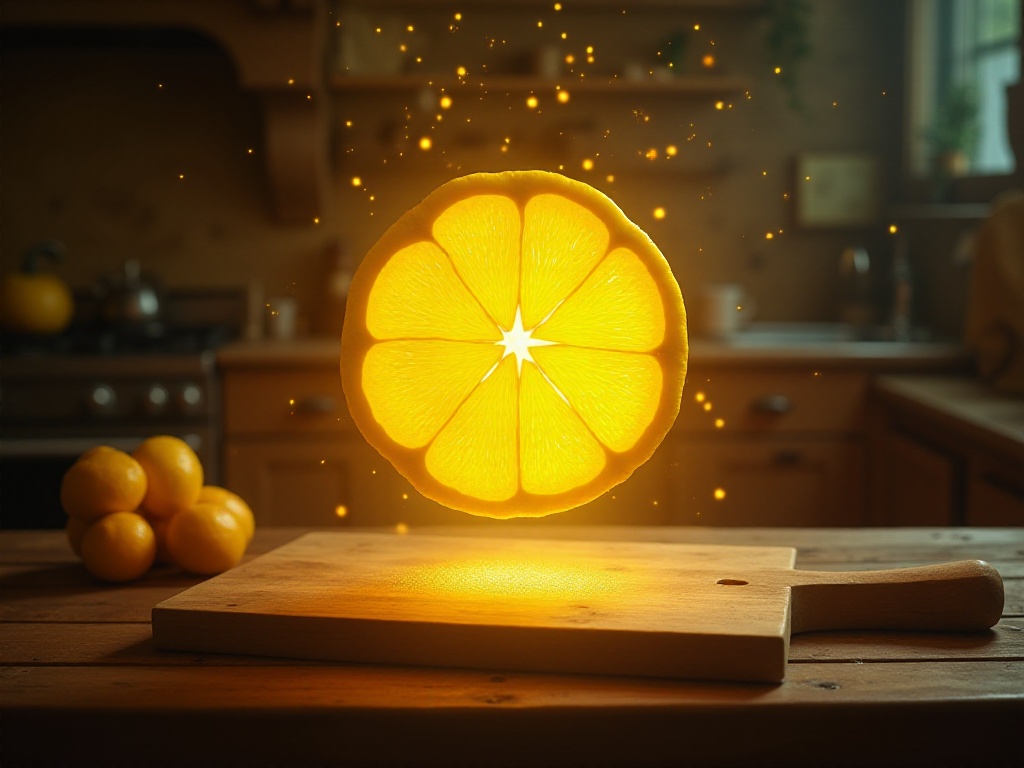
Eco-friendly and Economical
There are countless cleaning products on the market now, each more expensive than the last. But actually, many common household items can solve most cleaning problems. Natural cleaning agents like white vinegar, baking soda, and lemon are not only cheap and environmentally friendly but also very effective.
I remember visiting a young working woman's home and seeing various imported cleaners piled up - seven or eight different types just for the kitchen. I told her that white vinegar and baking soda could solve most cleaning problems, and these natural cleaners are gentler on skin and the environment. After trying, she was delighted - not only did she save money, but the results were excellent.
Baking soda is one of the most versatile cleaning products. It can be used to clean range hoods, remove floor stains, clean toilets, eliminate refrigerator odors, and more. When combined with white vinegar, it creates a chemical reaction that enhances cleaning power.
White vinegar is also an excellent cleaning assistant. It can remove limescale, clean glass, disinfect cutting boards, and more. Plus, vinegar has natural deodorizing properties and can handle various odors. Lemon is another great natural cleaner - its natural acidity effectively removes stains and odors.
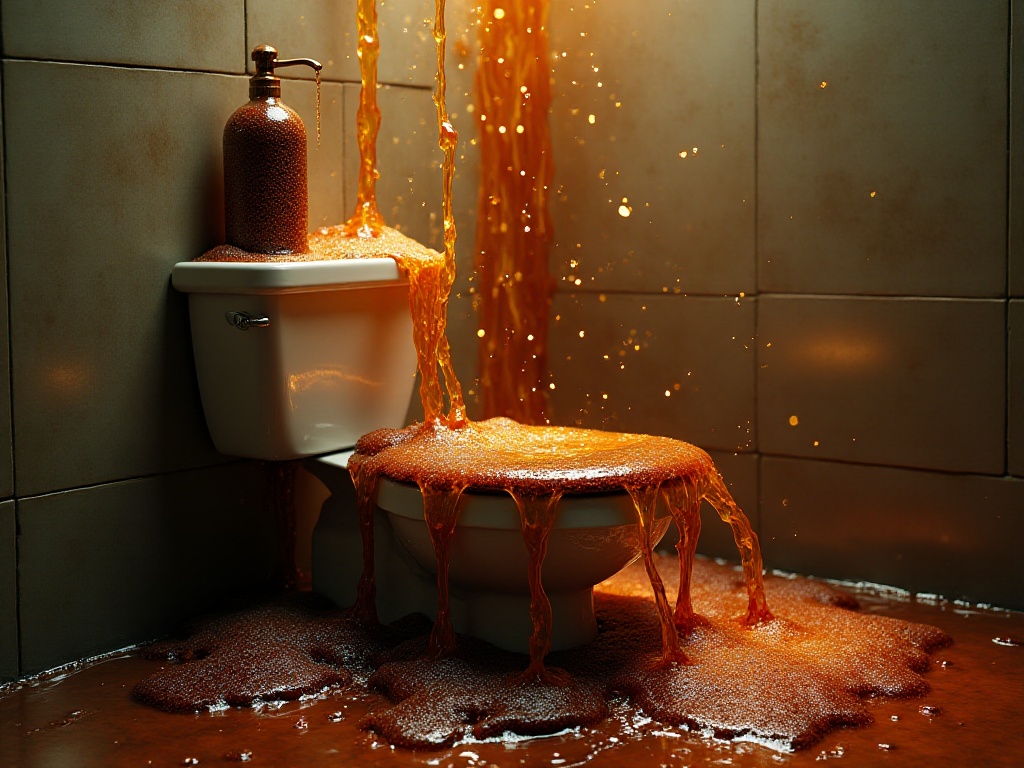
Concluding Thoughts
Through years of work experience, I've deeply realized that housekeeping isn't difficult - the key is knowing the right methods. As I often say, "It's not about strength, it's about method." Many seemingly stubborn stains can be easily resolved with the right approach.
The success of cleaning work largely depends on our attitude. If you treat it as an enjoyable activity rather than a burden, you'll find the process can actually be quite satisfying. The sense of achievement when seeing your labor's results and a renewed living environment is irreplaceable.
By the way, do you have any particularly difficult-to-clean areas in your home? Feel free to tell me in the comments - perhaps we can discuss more useful cleaning tips together. Let's work together to make our homes clean, tidy, and cozy havens!


